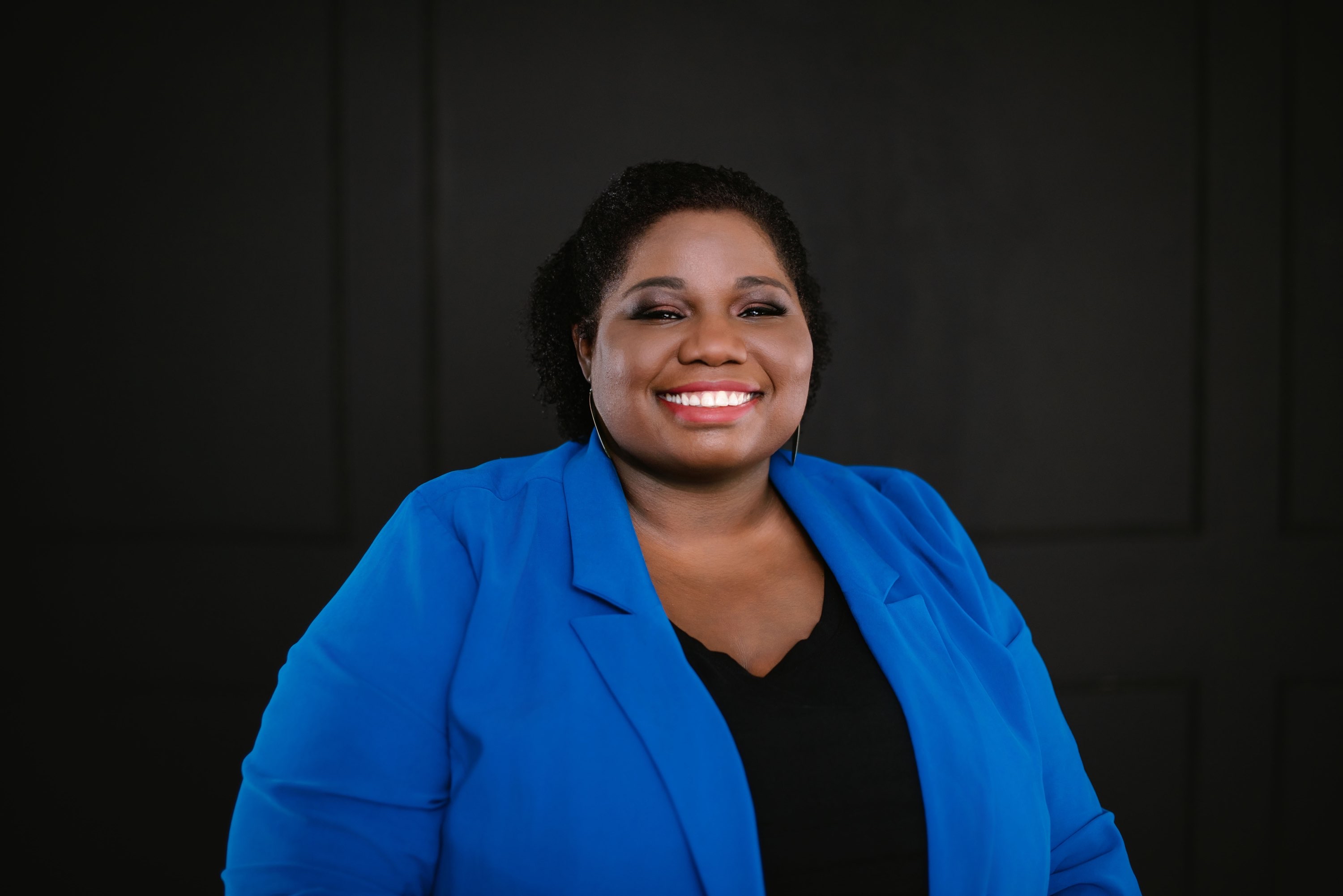How Decluttering My Emotions Helped My Mental Health (Part 2)
- Lastree at Ready Set Declutter
- Feb 1
- 3 min read
In Part 1, I shared with you guys how I started an emotional decluttering journey while working with my therapist, without even realizing that's what was happening. The one thing I didn’t see at the time was that just like physical clutter, emotional clutter doesn’t go away on its own. It adds up over time until we hit a breaking point.
For me, emotional clutter showed up in avoidance. My therapist actually nicknamed me "the queen of avoidance". Yikes! I would just push feelings aside, hoping they’d go away, but they always found their way back. Ad usually at the worst possible times and in the worst possible ways. The more I ignored my emotions, the harder it became to focus on anything else. I wasn’t just struggling with mental clutter, ya'll. I was carrying it around through every aspect of my life.
When I finally started addressing all the emotional layers, it felt a lot like decluttering a messy room. I had to take everything out, look at it, and decide what needed to stay and what had to go. But instead of sorting through old clothes or papers, I was sorting through a bunch of thoughts, feelings, and beliefs that I carried for years. Therapy was a big part of the process, but I also found extra ways to process my emotions:
Like starting paying closer attention to my emotions instead of pushing them away. If I felt anxious, I’d ask myself why instead of distracting myself with something else. Didn't always work, but I tried.
Figuring out and giving a name to my emotions was also a game changer. Instead of saying, “I’m mad,” I’d try to figure out if I was actually mad, or if I was feeling disrespected, or overwhelmed, or yup, if I was honestly just hungry (because hello adhd and forgetting to eat). Naming my emotions gave me clarity and control over them.

As I worked through my emotional clutter, I started feeling more in control of my physical space, too. The same overwhelm that had kept me stuck mentally had also been keeping me stuck physically. I noticed that when my mind was cluttered, my space was a mess. But as I processed my emotions, I found it easier to make decisions about my space, get out of the rut and figure out what I needed, what I loved, and what I was ready to let go of. Decluttering became less about getting rid of stuff and more about clearing my mind.
Another thing I want to add. Just like I tell my clients, decluttering isn't a one and done thing. Emotional decluttering isn’t either. Yeah, I wish it were, too! But just like physical clutter, emotions pile up if we’re not intentional about checking in with ourselves from time to time. But now, I approach it differently. I remind myself that it’s okay to feel things deeply. I give myself permission to let go of emotional baggage that no longer serves me. And most importantly, I continue making space for peace, clarity, and a home (and mind) that feels lighter. Ask my husband, he'll tell you...hehehe.
If you’re feeling weighed down by emotional clutter, I encourage you to start small. Notice what emotions you’ve been avoiding. Name them. Write them down. Talk to someone you trust. Just like with physical clutter, small steps make a difference. And you deserve to feel lighter.
Disclaimer: I’m sharing my personal experience with therapy and emotional decluttering, but I’m not a mental health professional. If you’re struggling with anxiety, depression, or other mental health challenges, please reach out to a licensed therapist or mental health professional for support. www.psychologytoday.com





We believe the power to shape a successful career and a better life resides within each individual. Like the process of emotional decluttering reveals inner peace, "Attitude Makeover" serves as a guidebook, offering helpful tips and encouraging stories to unlock your inner potential.
To unleash this inherent power, we emphasize the backing of conviction, knowledge, and essential life skills. https://www.attitudemakeover.com/